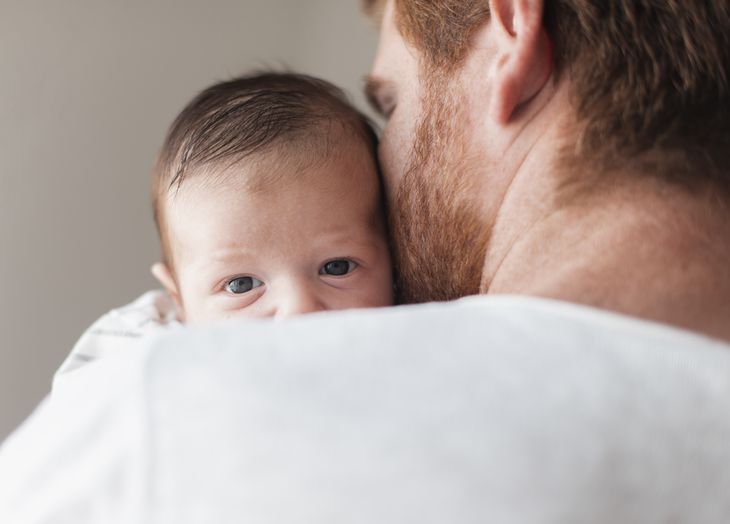How from the science fiction movie Gattaca (1997) It was, the United Kingdom was the scene of a historical technological event: Eight babies were born as a result of the combination of DNA of three different people. Thanks to the genetic editing technique, the neonates came to the world No devastating hereditary diseases.
In detail, the scientific technique used is legal in the country since 2015, but this case was the first proof that the genetic edition is leading to the birth of children free of incurable mitochondrial diseases. In each of the cases, the ovule and sperm of the mother and the father was combined with a second ovule of a donor woman.
Genetic edition to avoid hereditary diseases
A new step in reproductive medicine promises to change the fate of families affected by mitochondrial diseases. In the United Kingdom, 22 families underwent a pioneering procedure developed in Newcastle that combines the DNA of three people to avoid the transmission of these hereditary disorders. The experiment resulted in the birth of eight healthy babies – four men, four women, including a couple of twins – and an ongoing pregnancy, according to two reports published in the New England Journal of Medicine magazine.
DNA-Human.png
The genetic edition, an advance to avoid hereditary diseases.
In detail, those born through this technique inherit most of their parents’ DNAbut a small fraction – around 0.1 % – It comes from a donor that brings healthy mitochondria. That small additional genetic component is transmitted from generation to generation.
The technique was developed more than a decade ago by researchers at Newcastle University and the Newcastle Upon Tyne Hospitals NHS Foundation Trust. Since 2017, the National Health Service of the United Kingdom (NHS) has a unit specialized in this treatment.
Approximately one in 5,000 babies born with a mitochondrial disease, A condition that can be devastating and even cause the death of newborns.
How is the medical procedure of genetic editing
As professionals detailed, such as mitochondria, they are inherited exclusively by maternal, The procedure incorporates eggs from both the mother and a donor. Both are fertilized with the sperm of the father and, once the embryos are formed, Pronruceums are extracted – structure that contain the DNA of the parents – and are inserted into an embryo that contains healthy mitochondria. Thus, the child maintains his genetic bond with his parents but should be born free of the disease.
The results so far are encouraging. All babies were born without signs of mitochondrial disease and reached the expected development milestones. Some minor conditions were detected: a case of epilepsy that sent without treatment and an abnormal heart rate in one of the children, currently successfully controlled.
One of the key questions that arise around this technique is whether the sick mitochondria can transfer to healthy embryo and with what consequences. In five of the cases analyzed, the samples did not detect traces of defective mitochondria.
First-Padre-Vista-posterior-bebe.jpg

The genetic edition and the debate about babies to “design babies”.
In the other three, It identified between 5 % and 20 % of sick mitochondriaa proportion well below the 80% threshold which is associated with clinical symptoms. Even so, experts underlined the need to investigate more thoroughly why this residual transfer occurs and how it could be avoided.
In addition, it also arises, around technological advancement, the debate about the genetic edition and ethics behind the “design babies”.
“The joy and relief in the faces of the parents after so much wait and fear is wonderful, such as being able to see these live babies, growing and developing normally,” said the director of the highly specialized service for rare nhs mitochondrial disorders, Bobby McFarland.
For her part, the researcher at the University of Newcastle and at Monash University, Mary Herbert, said: “The results give reasons for optimism. However, it will be essential to investigate to better understand the limitations of mitochondrial donation technologiesin order to further improve treatment results. ”
Source: Ambito




